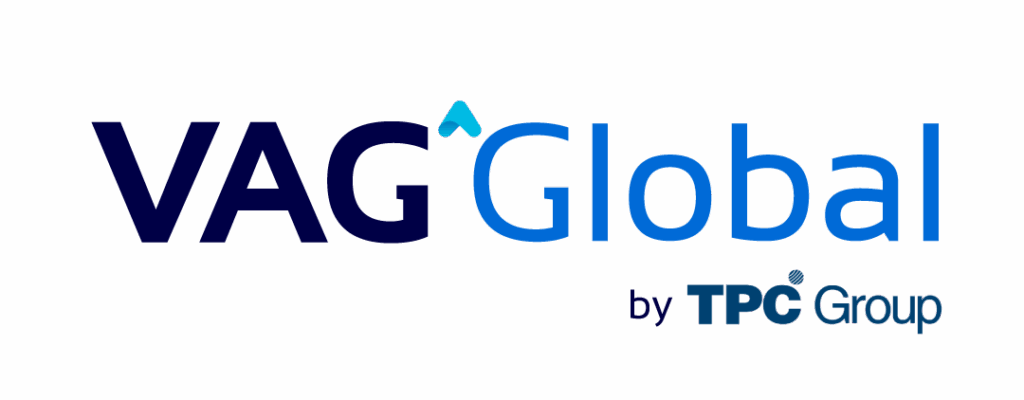The International Financial Reporting Standards on Sustainability (IFRS S1 and IFRS S2), issued by the International Sustainability Standards Board (ISSB), represent a milestone in the standardization of sustainability reporting. These standards aim to ensure the consistency, comparability, and usefulness of sustainability-related financial data, which eases decision-making for investors and other stakeholders.
IFRS S1: General Requirements for Sustainability Disclosure
IFRS S1 establishes a comprehensive framework for disclosing sustainability financial information, requiring entities to file reports that faithfully reflect how environmental, social, and governance (ESG) factors affect their financial situation and operational performance. Its main provisions include:
- Applicability and scope: The standard is generally applicable to all entities that prepare financial statements under IFRS and must disclose sustainability information in a structured manner aligned with their financial reports.
- Disclosure principles: The information filed must comply with the principles of relevance, reliability, verifiability, comparability, and understandability, ensuring its usefulness in evaluating risks and opportunities.
- Interconnection with financial information: Sustainability information must be integrated with traditional financial statements, providing a comprehensive view of the entity’s performance and strategy.
- Disclosure based on materiality: The entity must identify and disclose sustainability information that may affect the economic decisions of investors and other users of the financial statements.
IFRS S2: Disclosure of Climate-Related Information
IFRS S2 complements IFRS S1 by establishing specific requirements for disclosing risks and opportunities related to climate change. Based on the recommendations of the Task Force on Climate-related Financial Disclosures (TCFD), this standard imposes detailed obligations on reporting climate-related information, structured in the following areas:
- Governance: It requires entities to disclose the structure for supervising and managing climate-related risks and opportunities at the managerial and operational levels.
- Strategy: Filing analyses of the effects of climate change on business models, cash flows, and investment strategies in the short, medium, and long term.
- Risk management: Need to document the processes used to identify, assess, and mitigate climate risks, including the use of scenario analysis.
- Metrics and targets: Disclosure of quantifiable indicators, such as greenhouse gas emissions (scopes 1, 2, and 3), along with their strategic objectives and climate impact reduction plans.
Implications and Benefits of Implementing IFRS S1 and S2
The adoption of these standards introduces a more rigorous and structured regulatory framework for the disclosure of sustainability information, with tangible benefits for entities, investors, and regulators, such as:
- Greater transparency and comparability: Standardizing the disclosure of ESG information reduces information asymmetry and facilitates benchmarking between entities and sectors.
- Better management of risks and opportunities: Implementing these standards facilitates a more precise identification of climate and sustainability risks, promoting more effective mitigation strategies.
- Access to sustainable capital markets: Companies that comply with IFRS S1 and S2 can improve their reputation and facilitate access to institutional investors who prioritize ESG criteria in their investment decisions.
- Regulatory compliance and alignment with international regulations: These standards harmonize sustainability reporting with emerging rules in various jurisdictions, reducing the fragmentation of disclosure frameworks.
Conclusion
IFRS S1 and S2 represent a significant step towards integrating sustainability into financial reporting. Their implementation will not only enhance the quality and usefulness of financial reports but also strengthen the ability of entities to manage environmental and social challenges in a context of increasing regulatory and market scrutiny. As more entities adopt these standards, the reliability and consistency of sustainability information will increase, favoring a more efficient allocation of resources in line with the principles of sustainable development.
